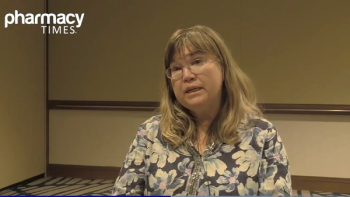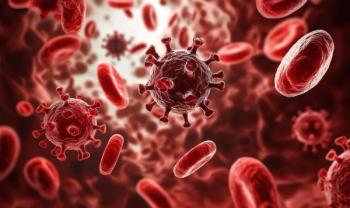
|Articles|December 22, 2021
Pharmacy Clinical Pearl of the Day: Fibrous Dysplasia
Author(s)Saro Arakelians, PharmD
Symptoms of fibrous dysplasia include bone pain, swelling, bone deformity, bone and fractures.
Advertisement
Clinical Pearl of the Day: Fibrous Dysplasia
Fibrous dysplasia is an uncommon bone disorder in which scar-like (fibrous) tissue develops in place of normal bone.
Insight:
- This irregular tissue can weaken the affected bone and cause it to deform or fracture.
- In most cases, fibrous dysplasia occurs at a single site in 1 bone but can occur at multiple sites in multiple bones.
- People who have more than 1 affected bone typically develop symptoms before 10 years of age.
- Although fibrous dysplasia is a genetic disorder, it's caused by a gene mutation that's not passed from parent to child.
- Symptoms include bone pain, swelling, bone deformity, bone fractures, and pain in the bones in general.
- Causes: Fibrous dysplasia is linked to a gene mutation present in certain cells that produce bone.
- Diagnosis may include imaging tests, bone scan, and biopsy.
- Treatment may include osteoporosis medications, pain medications, and surgery to correct the deformity.
Sources:
Newsletter
Stay informed on drug updates, treatment guidelines, and pharmacy practice trends—subscribe to Pharmacy Times for weekly clinical insights.
Advertisement
Latest CME
Advertisement
Advertisement
Trending on Pharmacy Times
1
Estradiol-Containing MHT May Impact Alzheimer Disease-Related Biomarkers in Postmenopausal Women
2
CHEST 2025: Improving Access to Chronic Cough Treatment Through a Digital Therapeutic Solution
3
CHEST 2025: Exploring the Link Between GLP-1 Receptor Agonists, Type 2 Diabetes, and Asthma Risk
4
MHT Use Can Affect Cognitive Health Depending on Administration Method
5



















































































































































































































